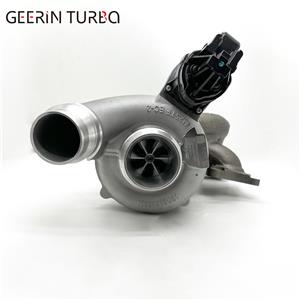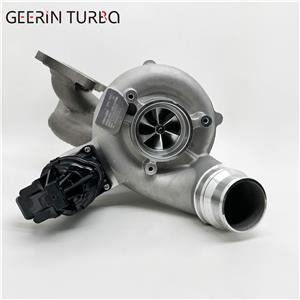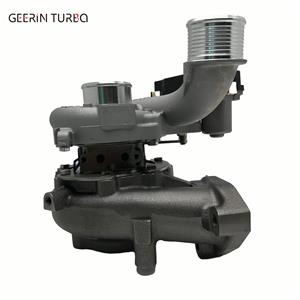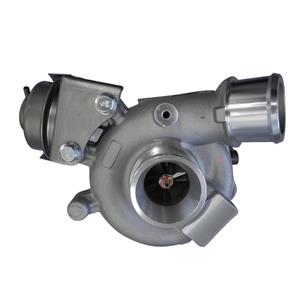Basic knowledge of modern turbochargers
Basic knowledge of modern turbochargers
The modern turbocharger is an important component used to increase engine power and reduce exhaust gas emissions. It is not a power source in itself, but uses the energy of the exhaust gas emitted from the engine to make the turbine rotate at high speed, while the compressor connected to the turbine presses new trout air into the engine's cylinder, thus increasing the oxygen content in the combustion chamber, thus improving the combustion conditions of the fuel, greatly reducing fuel consumption, and increasing the power output and reducing the emission of toxic substances in the exhaust gas.
People may think that the mechanical turbocharger unit is very complicated, but in fact it is not. The turbocharger unit is mainly composed of a turbo chamber and a turbocharger. Firstly, the intake port of the turbocharger chamber is connected to the engine exhaust manifold, and the exhaust port is connected to the exhaust pipe. Then the intake port of the supercharger is connected to the air filter pipe and the exhaust port is connected to the intake manifold, after the Z turbine and impeller are installed in the turbine chamber and turbocharger respectively, and the two are rigidly connected coaxially. This way a whole turbo unit is ready and your engine is "overclocked" as if it were a computer CPU.
What we normally call a mechanical turbocharger device is actually an air compressor, which compresses air to increase the air intake of the engine. Generally speaking, turbocharging uses the inertial impulse of the exhaust gas from the engine to push the turbine inside the turbine chamber, which in turn drives the coaxial impeller, which presses the air from the air filter pipe to pressurise it into the cylinder. When the engine speed increases, the exhaust gas discharge speed and turbine speed also increases simultaneously, the impeller compresses more air into the cylinder, the air pressure and density increases to burn more fuel, correspondingly increase the amount of fuel and adjust the engine speed, you can increase the engine output power.
NBR has good oil resistance, heat resistance, cold resistance, pressure resistance and water resistance, and has suitable wear resistance, the usual use of temperature roughly: -40 ° C - +120 ° C, easy to use metal moulding into any shape of the hydraulic seals, therefore, NBR Z suitable for making working pressure is not more than 32Mpa gas-hydraulic booster cylinder with hydraulic seals.
Polyurethane rubber has high tensile strength, excellent oil resistance, heat resistance, cold resistance, pressure resistance and wear resistance, and is usually used at temperatures of -40°C to +80°C. The room temperature sealing performance of polyurethane rubber is superior to that of NBR, and it is particularly suitable for making hydraulic seals for medium pressure, high pressure and ultra-high pressure pneumatic booster cylinders.




